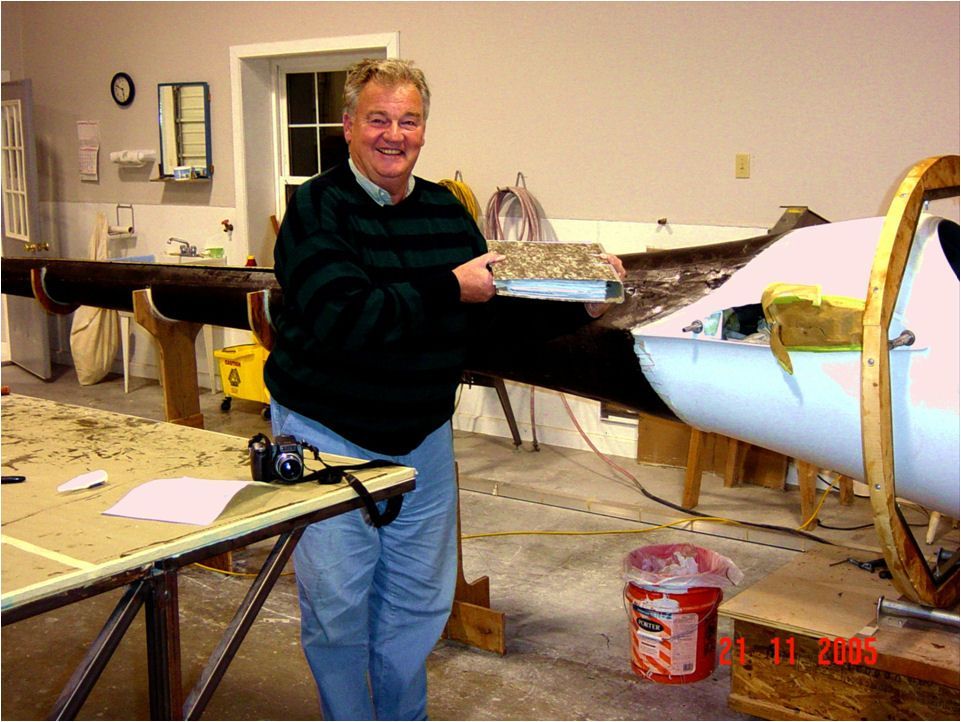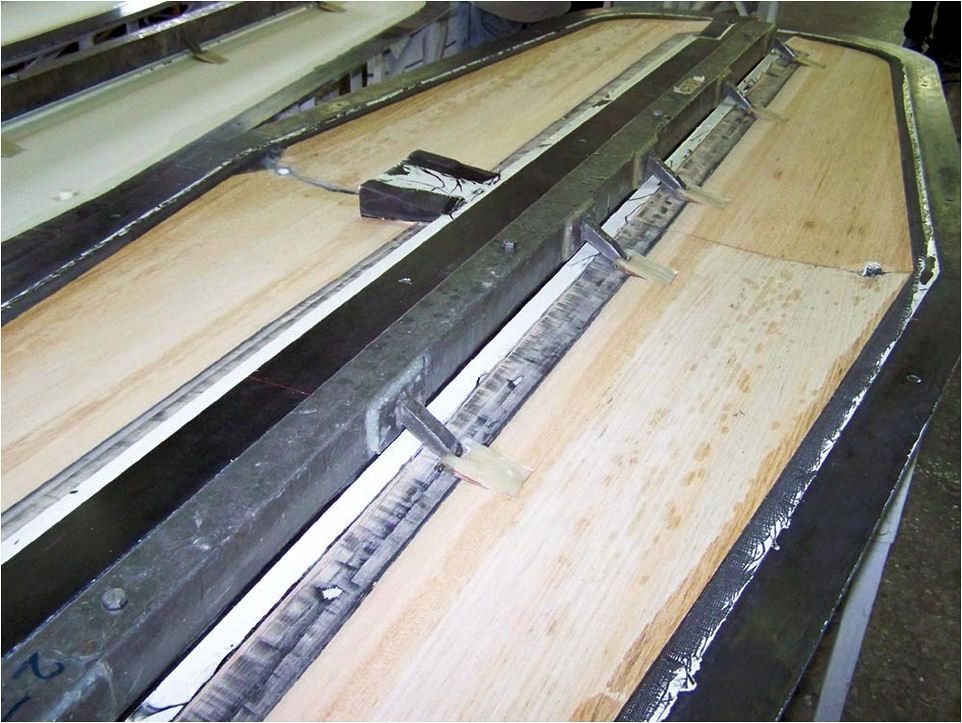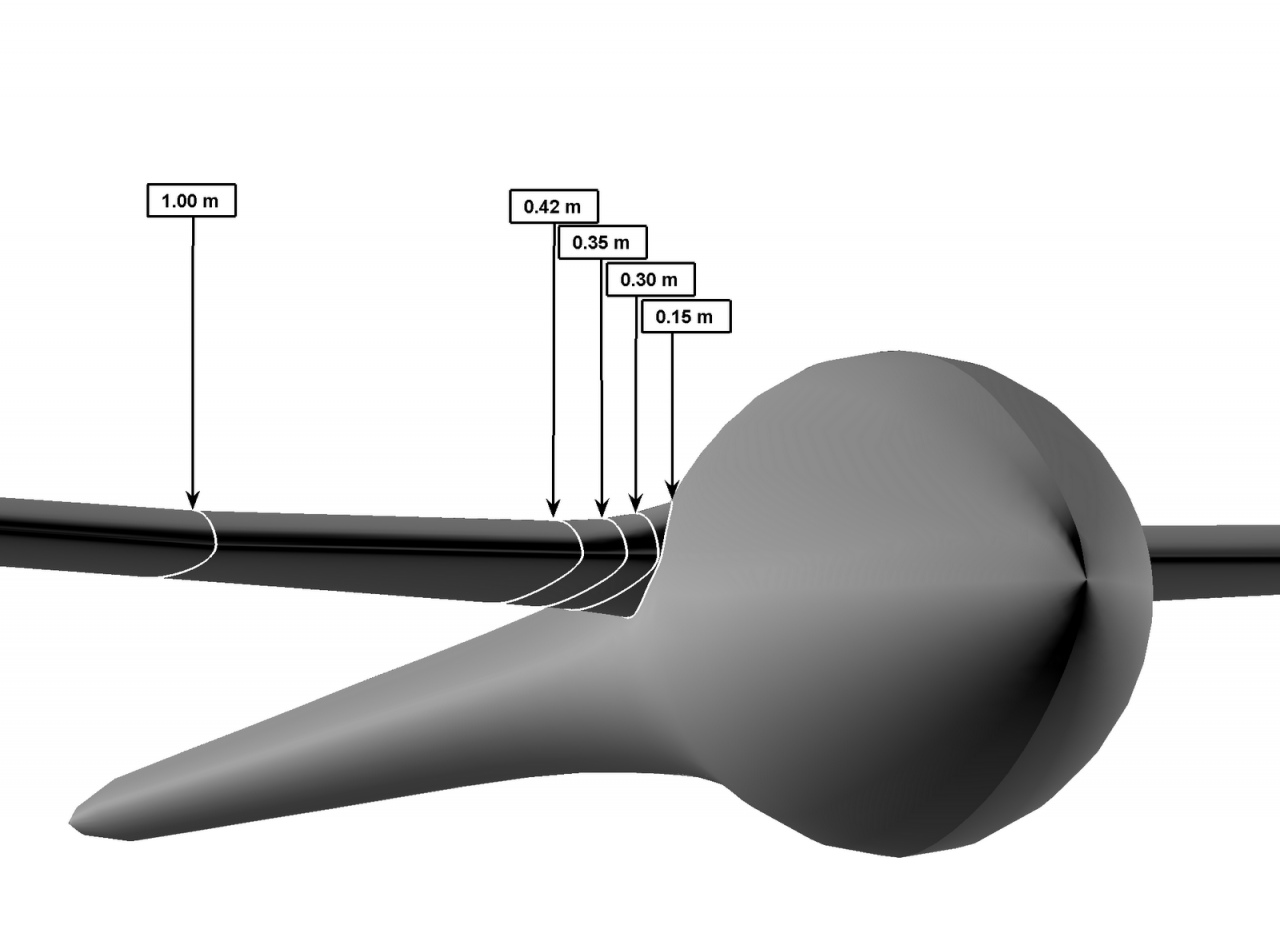Building The Fuselage
[Editor’s Note: This is the first in a series of articles by Dick and his collaborators on the construction of each major component of the Concordia. There’s much more to come. Watch this space!] The man-hours required to build a prototype sailplane with the level of complexity of Concordia is staggering. Like most large prototype … Read more


